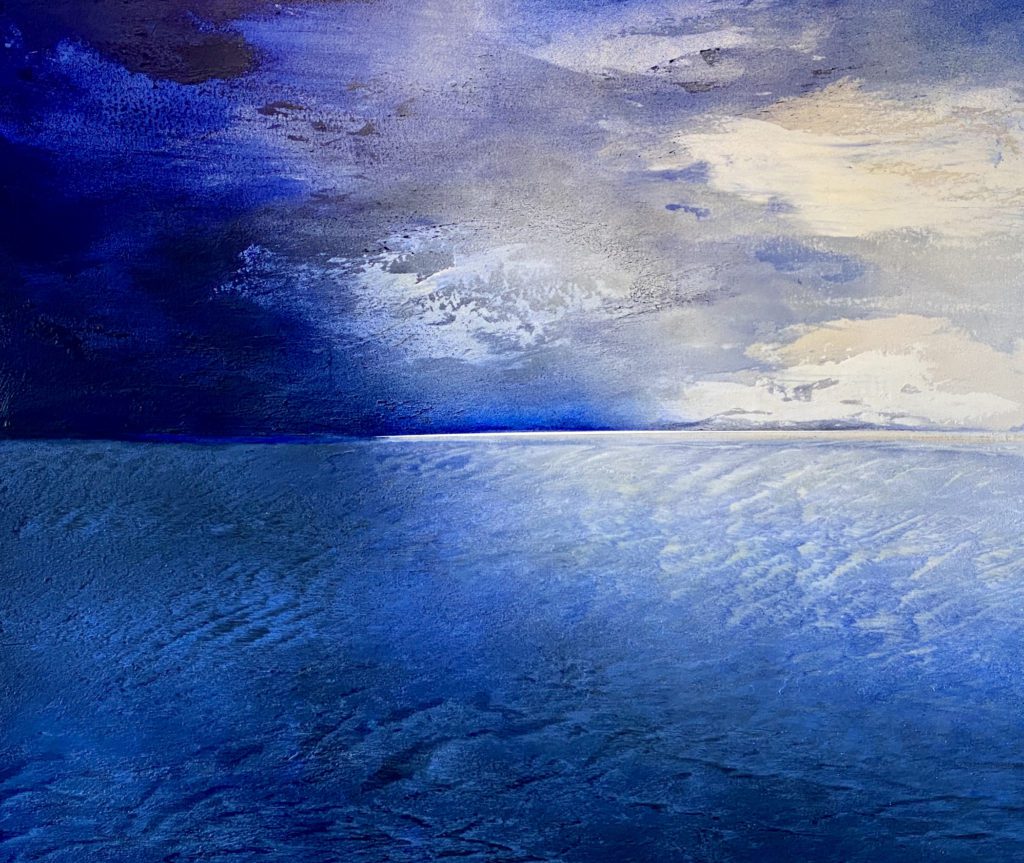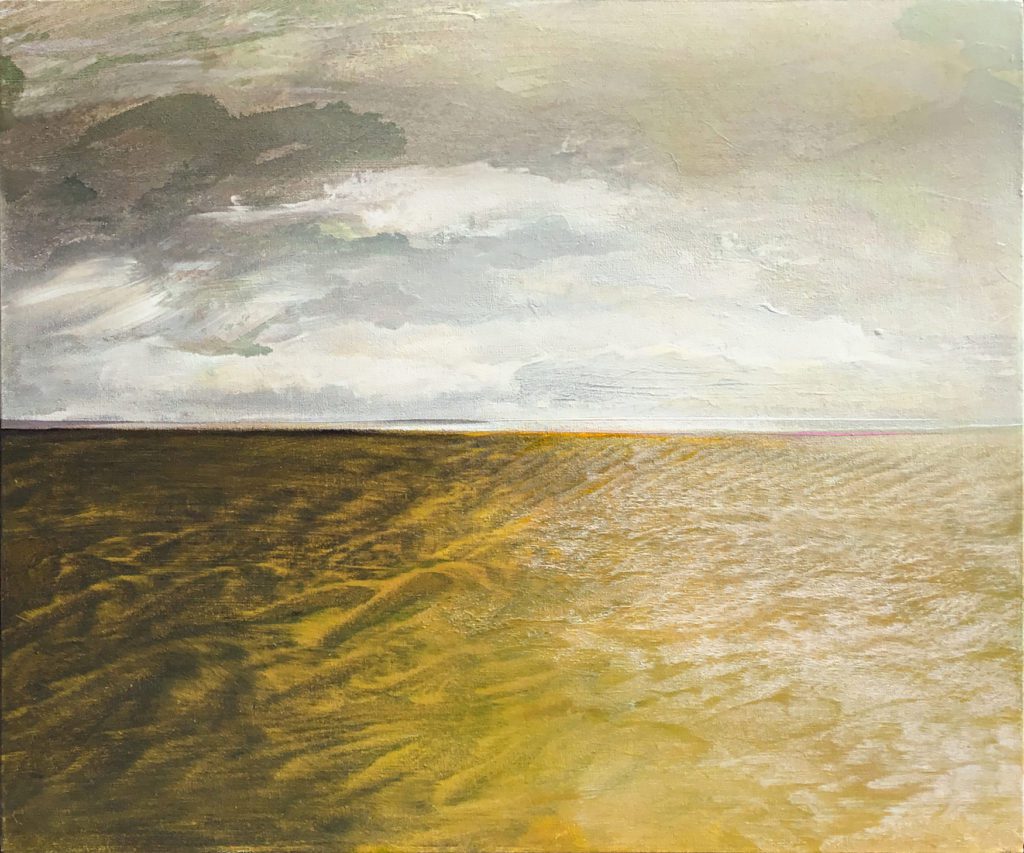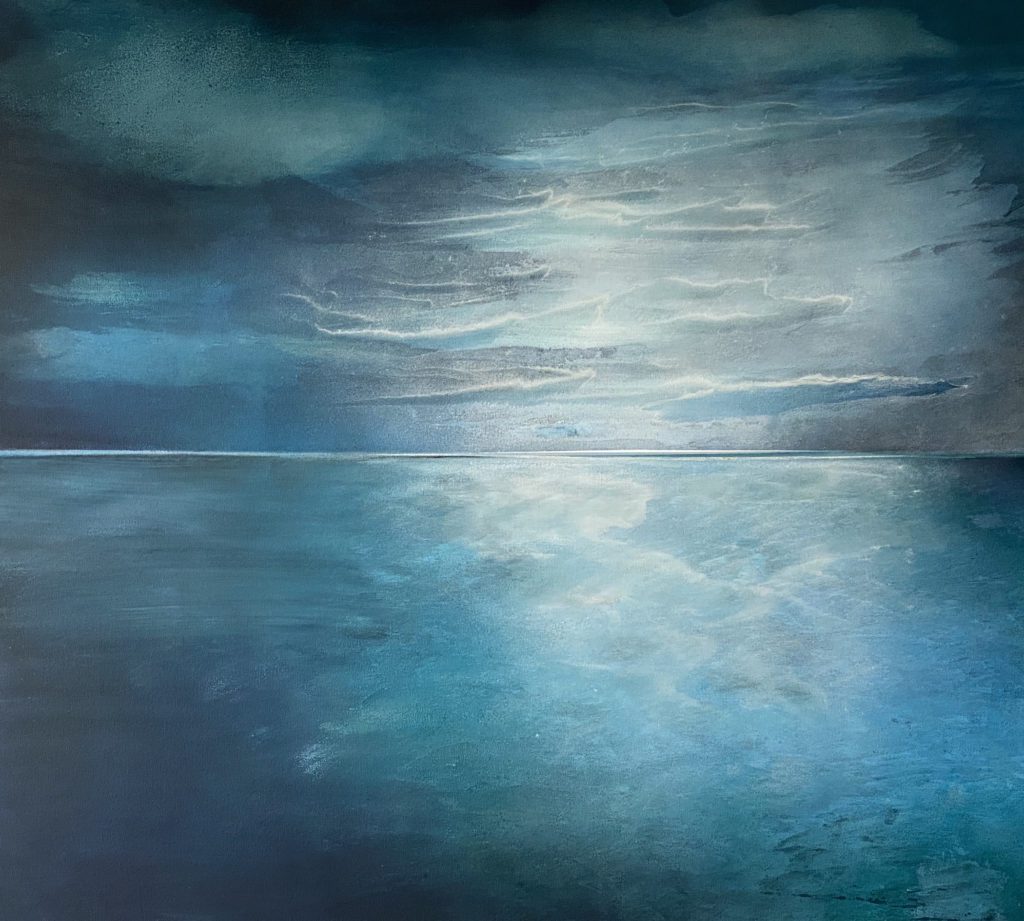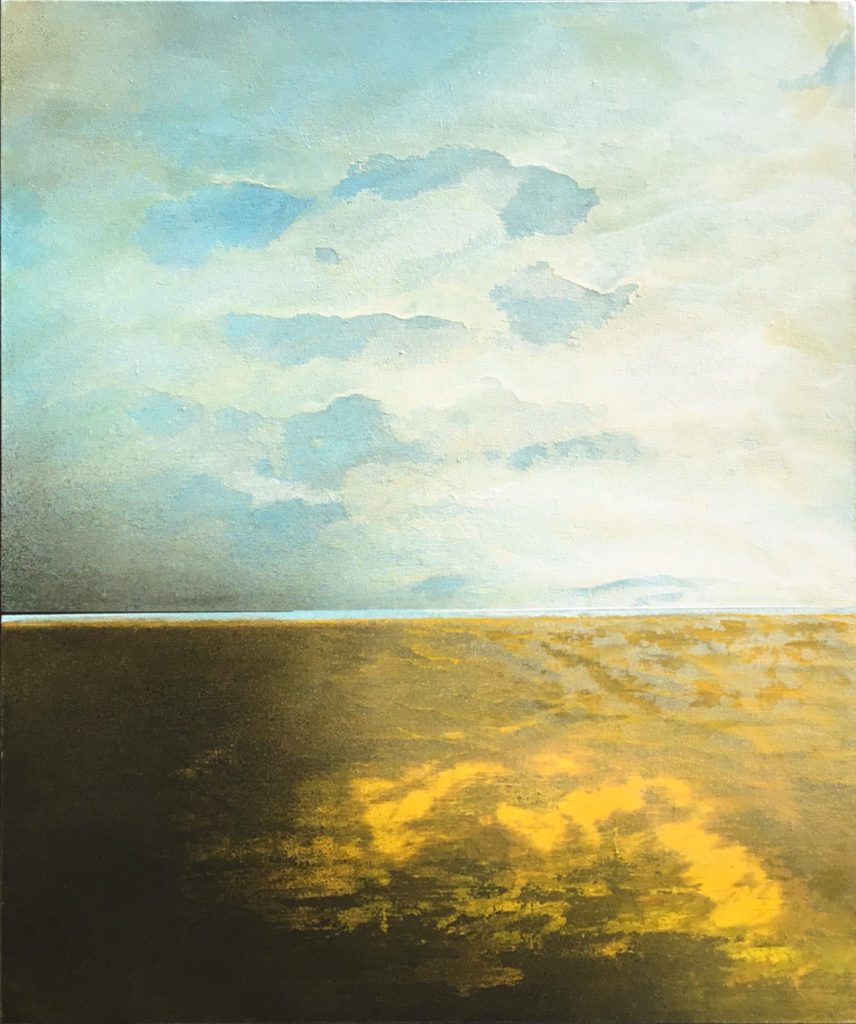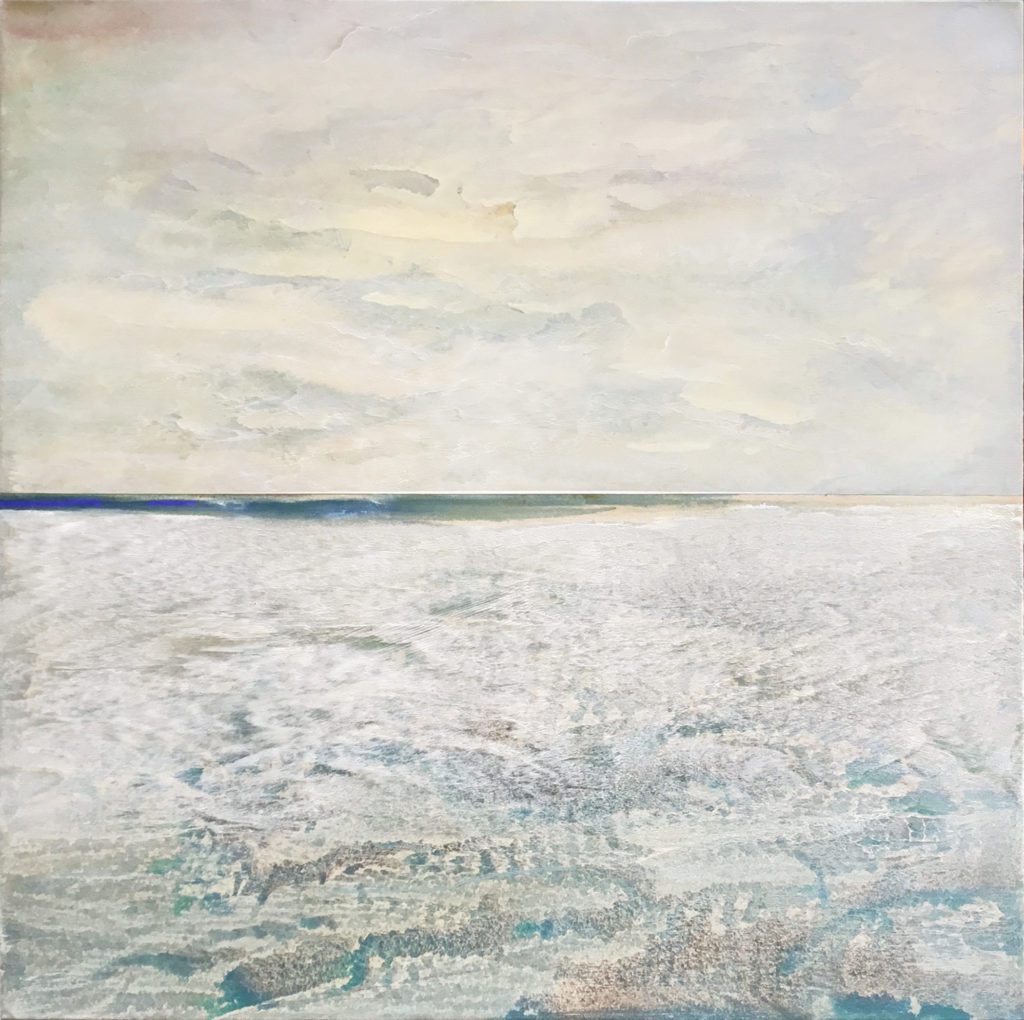In 2019, I had the remarkable opportunity to travel in Africa and experience for myself the cradle of humanity. Endless plains and sacred volcanic mountains, sublime reflecting waters teaming with pink flamingos, and the indigo blue Indian Ocean.
We were travelling with the co-founders of Nashulai Maasai Conservancy. This unique young conservancy operates solely under the leadership of the Maasai people themselves–it is the only Maasai owned and directed conservancy of some 240 conservancies within Kenya’s famed Maasai Mara, known as one of the Natural Wonders of the World. All of the funds generated into this conservancy are directed back to community development and the preservation and protection of the land and animals—its interdependent motto, by which the people live, is: “Conserve Wildlife–Preserve Culture–Reverse Poverty.” The Maasai people are gracious, courageous, resilient, a dignified pastoral people who have been stewards of this land for centuries. Because of our personal relationship to Nashulai, we became closely associated with the communities we visited, with the rare chance to experience their life on the land, their cultures, their musical traditions, and we were truly blessed to be accompanied through Kenya and Tanzania by Maasai Elders. Our experiences were deeply enriched by our Maasai friends.
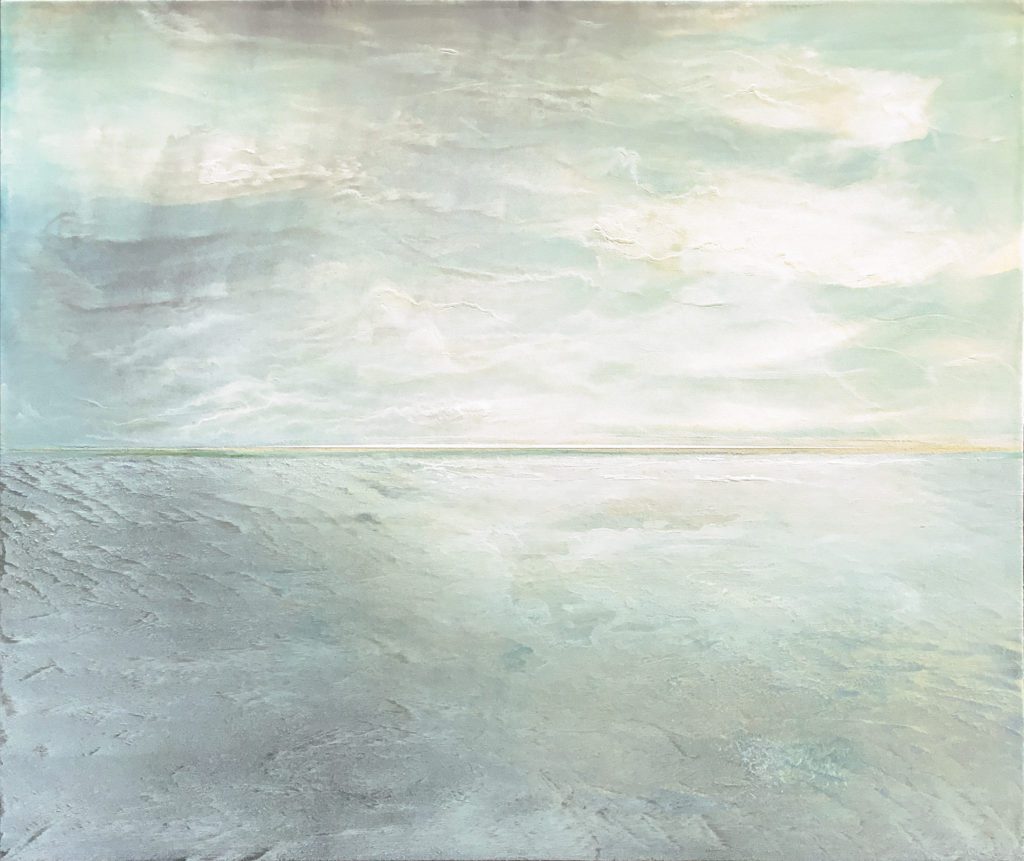
Growing up in the Canadian prairie landscape I had always felt like a speck in a vast, magnificent land; alone but part of a grand plan. I would ride my bike for miles along dirt roads, cutting across wheat and bright yellow canola fields, navigating through sudden sun showers below black skies.
The land, the sky and I were parallel worlds, equally fantastic, co-mingling.
This primal experience of my childhood came flooding back to me the moment I stepped from our small prop plane onto the Mara… that vast landscape of my childhood suddenly juxtaposed against the savannah grasslands beyond the Great Rift Valley. I was home. Home because my DNA vibrated in this birthplace of humankind. Home because of the infinite sun-drenched savannah of golden grasses stretching on forever. Home because, growing up in the fields of Saskatchewan which were my home, I felt keenly my prairie roots.
The Maasai people wander this sacred ancestral land as I wandered the wheat fields of my childhood, the land of my farming grandparents who migrated up from the US plains to the Saskatchewan prairies, as the Maasai long long ago migrated up along the Nile to spend their days roaming this wide open land, tending their cattle and living in harmony with the diverse wildlife.
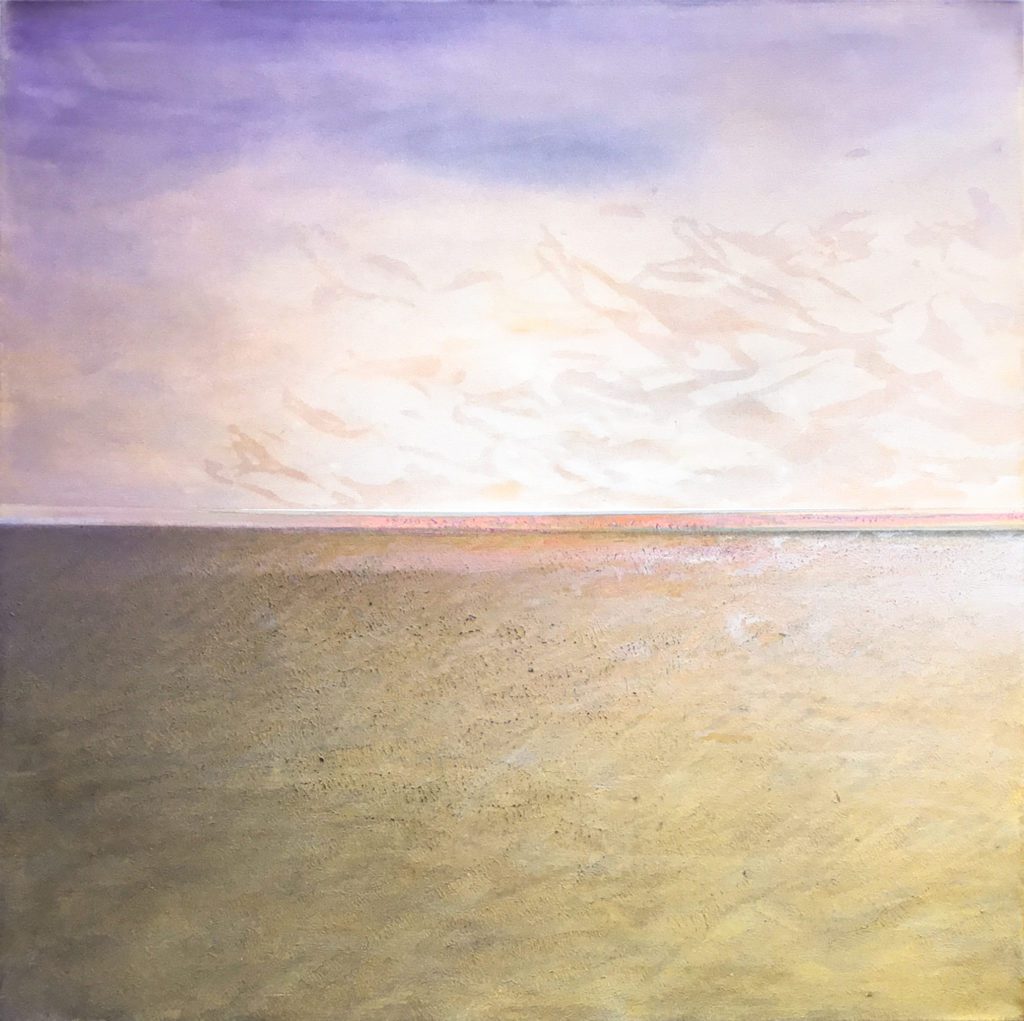
The savannah offers us a spectacle of immensity that is both dramatic and incredibly peaceful. My most visceral experiences of this immensity in Africa were on the Mara grasslands, at Lake Natron, in the Ngorongoro Crater, and on the Indian Ocean in the old Arabian town of Lamu. This group of paintings is inspired by this time in Africa. I say inspired by, as I have always believed that the art should not strive to describe such experiences but should invite the viewer to a shared visual experience. As always, I have not used or relied on any photography in bringing about these works. Rather, I trust that everything we experience through our senses, our minds and our spirits will come through mysteriously into the hand when we paint– it’s a poetic dance in the immeasurable… a process of inventing and inviting
As in much of my previous work, horizon lines figure prominently in these paintings. Horizon lines are illusory thresholds. The contemplations and possible expressions of this highly charged threshold are endless. We imagine that we can see an ever-advancing point between two worlds. We think we might reach that point where what hovers above and below meet, but in reality that point does not exist.
It is an invented mark for an ambiguous state, a liminal place, and an in-between place. No matter how far and how long we strive to reach that place we never will.
Whether an African plain or a Saskatchewan field, this experience in nature is universal and invites contemplation and expression. Capturing the vibrations between what hovers above and below and in-between is what inspires my work- -that place of equanimity between matter and spirit, a place between the real and suggestive.
When you fly over the Mara, you see herds of animals moving across a land dotted by beautiful acacia trees and their sharp shadows. Across the blowing grasses the light constantly shifts, animating the land. From above, green waves undulate across the land; walking or driving, the land creates juxtapositions of light and space
Unlike the prairies, large as well as small creatures inhabit and move through this space. We stayed mostly in Nashulai Maasai Conservancy where the community has now taken down all fences that were blocking the ancient migration routes and harming the animals —there are few barriers here now to keep wildlife and community separate. Night and day, the Maasai warriors are courageously and skillfully in a constant exchange of simultaneously allowing the creatures to roam freely and protecting community and cattle. We had many beautiful and sometimes scary experiences of this powerful relationship between man, animal and land.
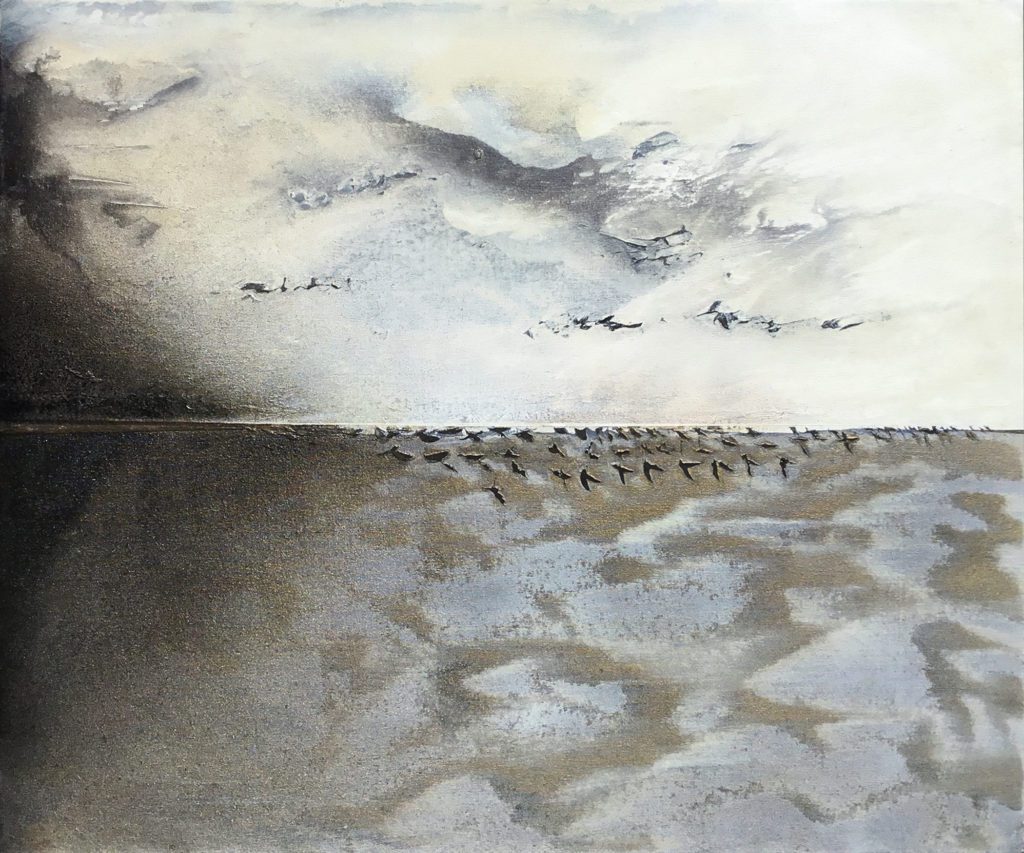
Lake Natron, on the Tanzanian side, is a feast for the senses, located at the base of Mount Enkai, the mountain of God, the most sacred place for the Maasai people. It is a very acidic orange lake basin with a shore of white and grey crusted salt and volcanic ash. The lake is surrounded by hardened black volcanic ash soil, and, beyond, yellow grasses blowing in the dry heat at the base of a mountain. It is a magnificent desert. For miles, striations of salt crusts and patches of water reflect the blazing light. As you draw closer to the pink horizon, you see it is filled with millions of pink flamingos congregating and feasting along the edges of the lake’s alkaline orange waters. The light, colours, textures and atmosphere of this place are a most profound experience of the senses and the soul.
How different again is Lamu! Lamu is an ancient Swahili island in the Indian Ocean. There are no cars in the old narrow streets, people walk and use donkeys to move around. Many of the houses are sculpted white concrete and stucco with sand walkways and great wooden entranceways. The shores are lined with dhows, used for fishing and moving goods and people, and still the main transportation to and from the island; they are simply designed old wooden sailing vessels unchanged by time. Lamu has a magical, colourful rhythm of people and donkeys, water and architecture, and light– light reflecting and animating all.
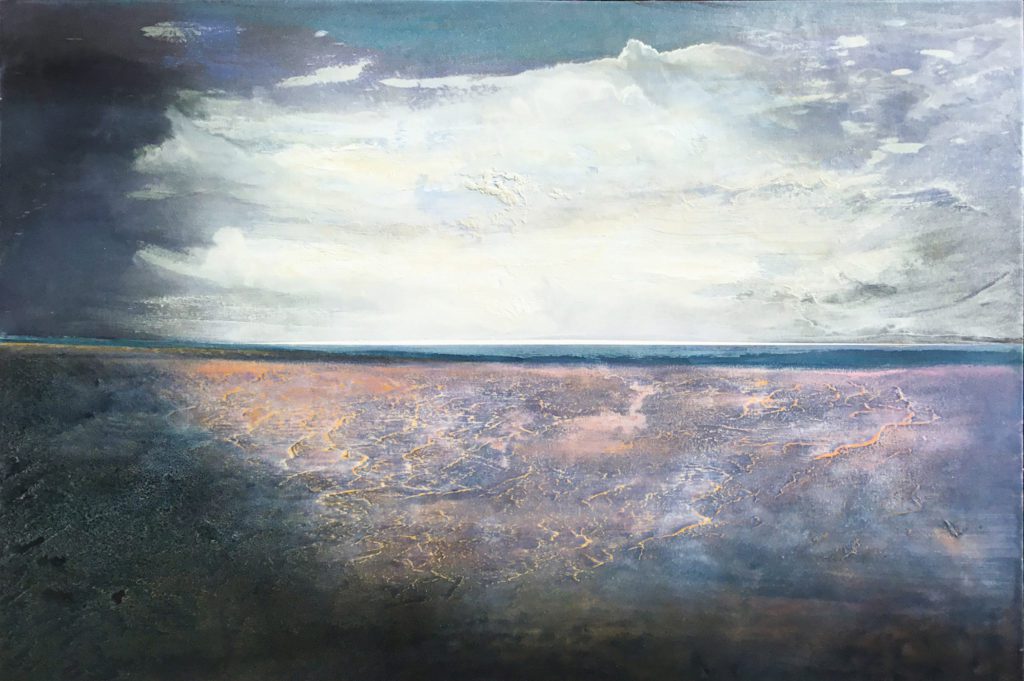
I have always thought that we test our selves within the natural world, continually standing on thresholds of something greater than our selves, shifting our outer and inner states against a horizon of sorts. Bearing witness to these extraordinary experiences brought me back to being that speck in the landscape of my childhood, playing in the in-between, longing for thresholds, and seeking
place.
Attempting to express these ideas in paint is a process of inventing and inviting– a poetic dance in the immeasurable.
